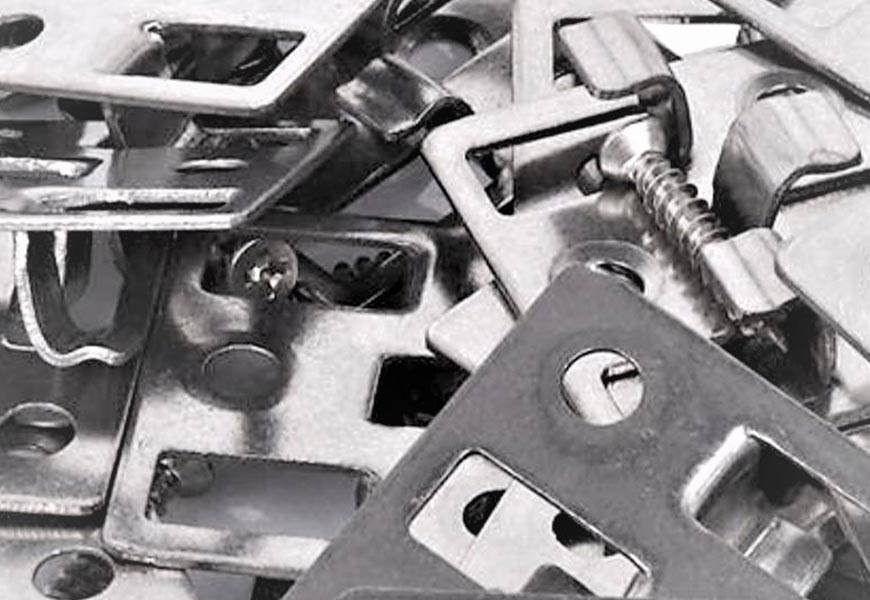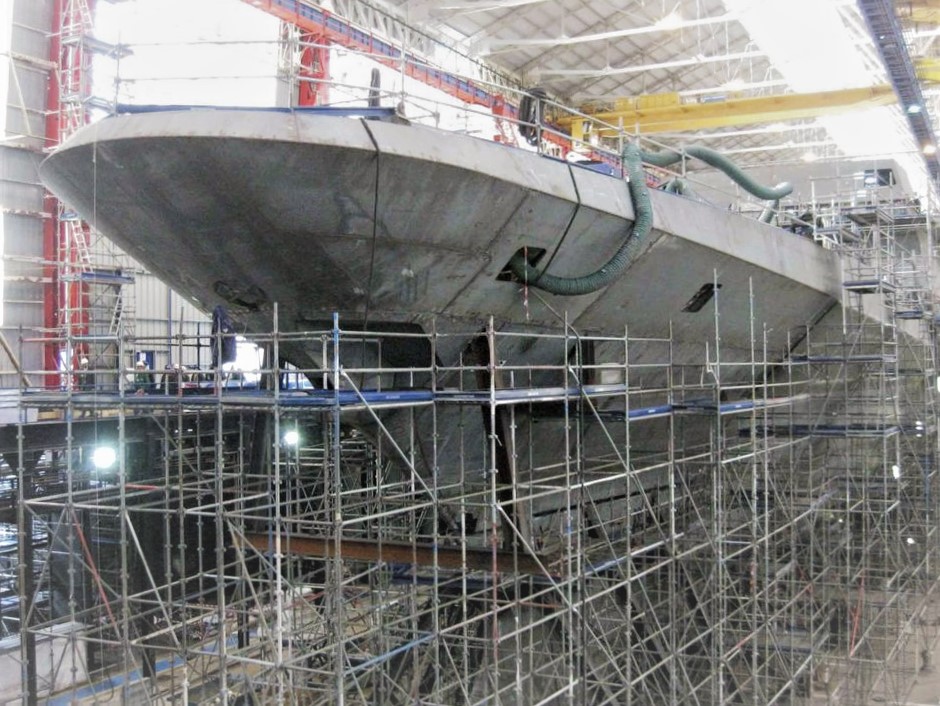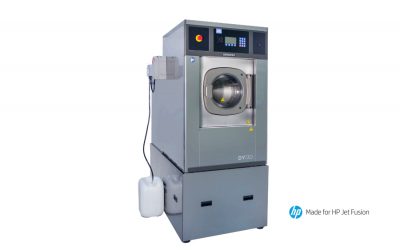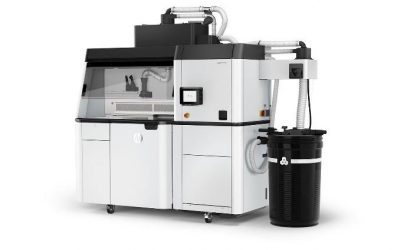Currently, on the steel market, AISI 304 and AISI 316 represent the best possible choices in relation to the very high performance that these materials can provide.
On the way for a century
Its discovery dates back to 1872 thanks to the English Woods and Clarks. The characteristic of this new iron alloy was the higher chromium content (35% by weight) which made it resistant to acids.
In 1912, the English metallurgist Brearley managed to implement the previous discovery of his compatriots by experimenting with a new alloy with 13-14% chromium and a relatively high carbon content (0.25%).
The steel thus obtained was resistant to high temperatures and did not oxidize.
What makes stainless steel is the presence of chromium, which reacts with oxygen creating a chromium oxide film, invisible to the naked eye, which envelops the steel and makes it resistant to oxygen and chemical agents.
Austenitic stainless steels have a cubic structure with centered faces, containing Ni and Cr in such a percentage as to preserve the austenitic structure even at room temperature.
The basic composition of austenitic stainless steel is 18% Cr and 8% Ni, coded in 18/8 (AISI 304). A percentage of 2-3% of molybdenum allows the formation of molybdenum carbides better than those of chromium and ensures better resistance to corrosion by chlorides, such as sea water and de-icing salts, (steel 18/8/3; AISI 316).
From the kitchen to the chemical industry
Stainless steel has the advantage of being considered a material hygienic as the Decree of the Minister of Health and subsequent amendments (24 September 2008, n174) where the hygiene rules for packaging, containers and tools intended to come into contact with food substances or substances for personal use are regulated. In fact, this Ministerial Decree lists many cases in which the exclusive use of AISI 304/316 stainless steel demonstrates the effectiveness of this material for applications where it is necessary that the chemical integrity of the various components (machine tools, work surface systems ) is not altered by time or by contact with other substances.

Stainless steel in the automotive industry
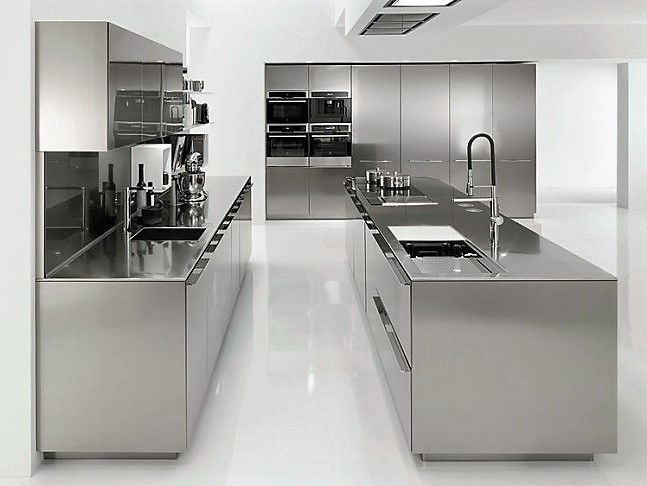
Stainless steel in the world of kitchens
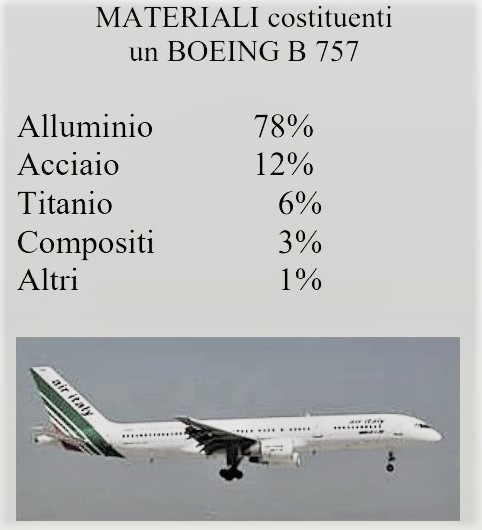
In all likelihood whether you are traveling by car, plane or ship, a mechanical machine component or a structural component or a sheet steel machine protective surface (cladding) is accompanying your journey.

